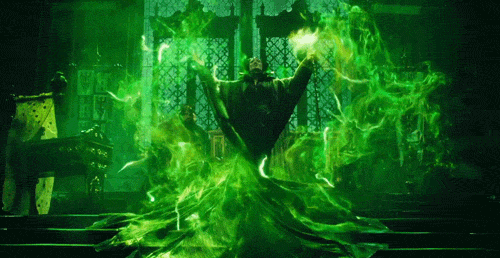Donn Bailey, you are missing that there's a
lot more PUT options than CALL options in the TSLA chain, the TSLA PUT/CALL ratio is above 2.1 right now, i.e. there's more than twice as many PUTs as CALLs:
Tesla, Inc. (TSLA) - Put-Call Ratio (Open Interest) (120-Day)
Historically it was also as high as ~3x when it was even more heavily shorted.
This means that all those extra PUTs have risk associated with them that cause market makers to go short in the stock.
That is because a significant proportion are deep out of the money and thus have lower levels of direct delta hedge requirements, plus if expiry is farther away then the hedging requirements are lower as well. Once the price moves closer to their strike prices, or the expiry time gets closer and they are in the money or closer to in the money, they are hedged immediately (and pretty much automatically).
I.e. true net options risk, as measured by market makers, is represented in the current short interest.
There's nothing surprising or unusual about any of this, these are pretty much options trading desk basics.



